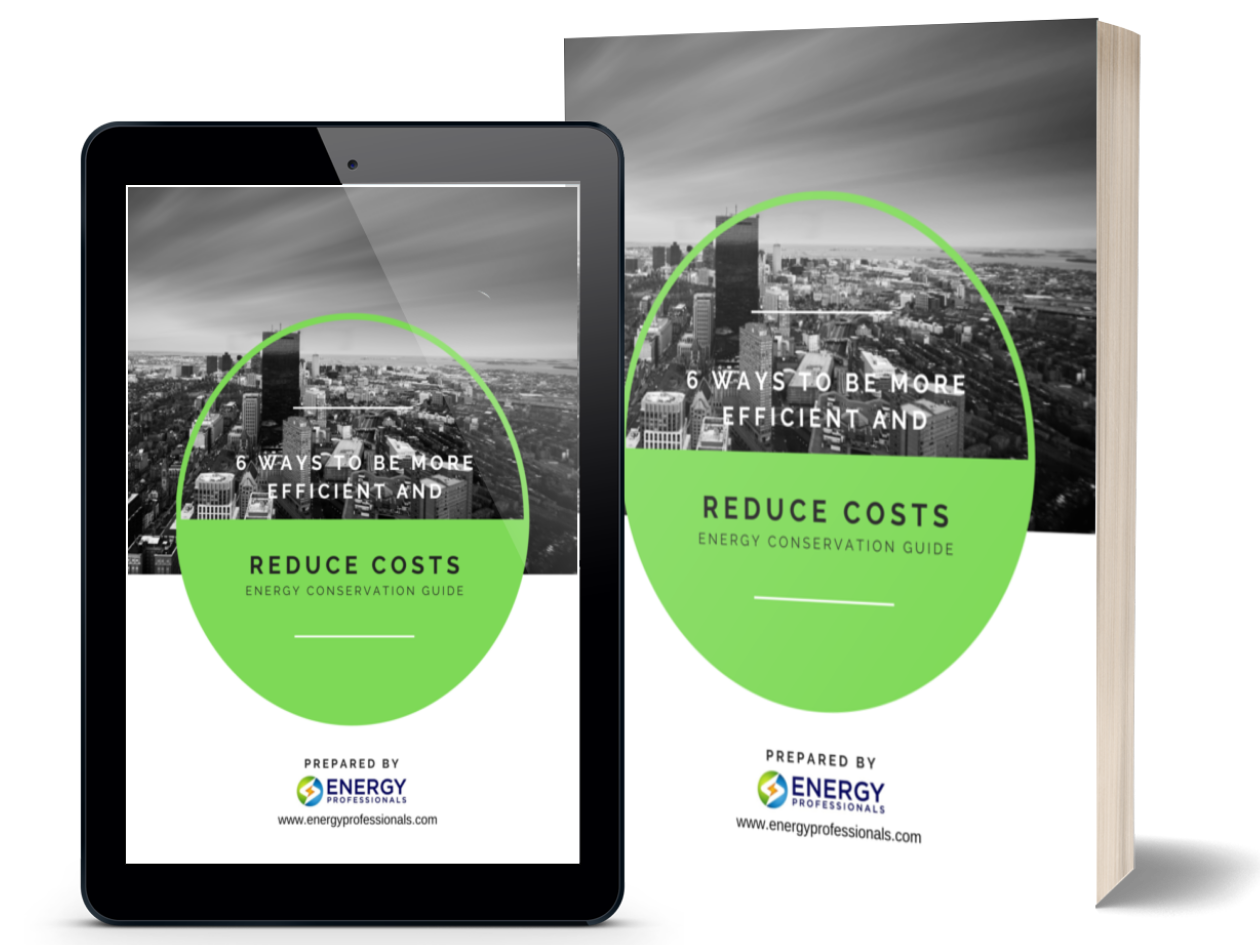7 Business Energy-Saving Tips for a Greener Future
7 Business Energy-Saving Tips for a Greener Future In the pursuit of a greener future, businesses play a pivotal role

7 Business Energy-Saving Tips for a Greener Future In the pursuit of a greener future, businesses play a pivotal role
In the pursuit of a greener future, businesses play a pivotal role in adopting energy-saving practices that not only benefit the environment but also contribute to cost reduction and sustainable growth. Embracing energy efficiency not only demonstrates a commitment to environmental stewardship but also positions businesses as responsible leaders in their industries.
In this article, we’ll explore essential business energy-saving tips that not only conserve resources but also pave the way for a more eco-friendly and sustainable tomorrow.
Initiate your energy-saving endeavor by conducting a thorough energy audit in collaboration with experienced professionals. Begin by taking records of your business’s historical energy consumption, and analyzing your findings. We suggest using writing software or some form of iPad or portable pad such as a Notepad++ for Mac M1.
Gather detailed utility bills covering the past 12 to 24 months, considering both electricity and gas usage if applicable. This historical data serves as a baseline, helping auditors identify seasonal fluctuations and potential areas for improvement. Conducting a thorough energy audit gives you invaluable insights, allowing for informed decisions regarding where to direct your energy-saving initiatives.
Transitioning to energy-efficient lighting transcends mere bulb replacements—it involves a strategic integration of advanced lighting solutions. Consider implementing intelligent lighting systems equipped with occupancy sensors and automation features. These systems adapt illumination levels based on natural light availability and occupancy, ensuring energy is utilized judiciously. Retrofit existing fixtures with energy-efficient LED tubes, guaranteeing both brightness and energy conservation. Additionally, enforcing a lighting policy within the workplace promotes mindfulness among employees, encouraging them to turn off lights in vacant areas and maximizing energy savings.
HVAC optimization, with the help of devices like the BA-AHD-SS General Purpose Access Panel, is a multifaceted strategy that extends far beyond routine maintenance. Prioritize proactive measures, such as replacing air filters, cleaning coils, and sealing ductwork to enhance efficiency. Implementing programmable thermostats grants precise control over temperature settings, synchronizing with office hours and occupancy patterns. Investigate advanced HVAC technologies, including geothermal heating and cooling systems or zoned HVAC setups, offering sustainable and efficient alternatives. Employee education on HVAC system optimization ensures that energy-saving practices are understood and followed consistently.
Investing in energy-efficient appliances is not just about replacements; it involves selecting state-of-the-art, Energy Star-rated equipment. Establish power management protocols for computers and peripherals, automatically transitioning devices to sleep mode during periods of inactivity. Conduct periodic training sessions for employees, emphasizing the significance of turning off appliances entirely after use. Implement a vigilant monitoring system for energy consumption patterns of devices, identifying trends and uncovering opportunities for further optimization.
Promoting remote work and flexible schedules not only conserves energy but also enhances workforce satisfaction and productivity. Advocating for remote work options emphasizes the positive impact on energy usage and reduces commuting-related emissions. Implement flexible work schedules that empower employees to align their working hours with their energy levels, optimizing individual performance and energy use. Fostering a culture of trust and accountability further encourages employees to manage their schedules effectively, promoting a harmonious work-life balance.
Employee engagement forms the bedrock of a sustainable energy-saving culture within your organization. Regular workshops, training sessions, and awareness campaigns can be instrumental in educating employees about energy conservation practices. Actively encourage staff to contribute ideas and suggestions, creating a sense of ownership in the energy-saving initiatives.
Establish internal communication channels dedicated to sustainability updates, sharing success stories, best practices, and the latest developments in energy efficiency. Recognizing and celebrating the efforts of employees who actively participate in energy-saving activities further fosters a spirit of enthusiasm and commitment toward a greener future.
Transitioning to renewable energy sources is not just an environmental choice; it’s a significant step toward a sustainable future. Investing in on-site renewable energy systems, like solar panels or wind turbines, empowers your business to generate clean electricity, reducing reliance on fossil fuels. Collaborating with local renewable energy providers fosters partnerships that support both your business and the community. By adopting these renewable solutions, you actively contribute to reducing greenhouse gas emissions, mitigating climate change, and inspiring others within your industry to embrace similar eco-friendly practices.
As we navigate the challenges of a rapidly changing world, businesses have the power to drive positive change through energy-saving initiatives. By implementing the tips discussed in this article—ranging from adopting energy-efficient technologies to fostering a culture of conservation—businesses can significantly reduce their carbon footprint. These efforts not only lead to substantial cost savings but also contribute to a greener future for our planet. Let’s continue to innovate, collaborate, and inspire others to embrace energy efficiency, ensuring a sustainable and eco-friendly legacy for future generations.


Don't have one? You can get one by calling us at 855-4-PKIOSK.
Energy Professionals is committed to finding its customers the best possible rates on electricity and natural gas. Tell us your location and service type and our energy manager will connect you to the most competitive offers.
Switching to an alternate supplier is easy. There is no chance of service disruption, and you'll continue with your current utility for energy delivery and emergency service. Take a few minutes to discover your best offers, and enjoy the benefits of retail energy in your home or business.
1. Energy Type
2. Service Type
3. Zip Code
4.Local Company
5.Zone
We believe that knowledge is power. Here’s a free e-book that provides business solutions to reducing energy costs.
Download E-Book Free Energy Audit




